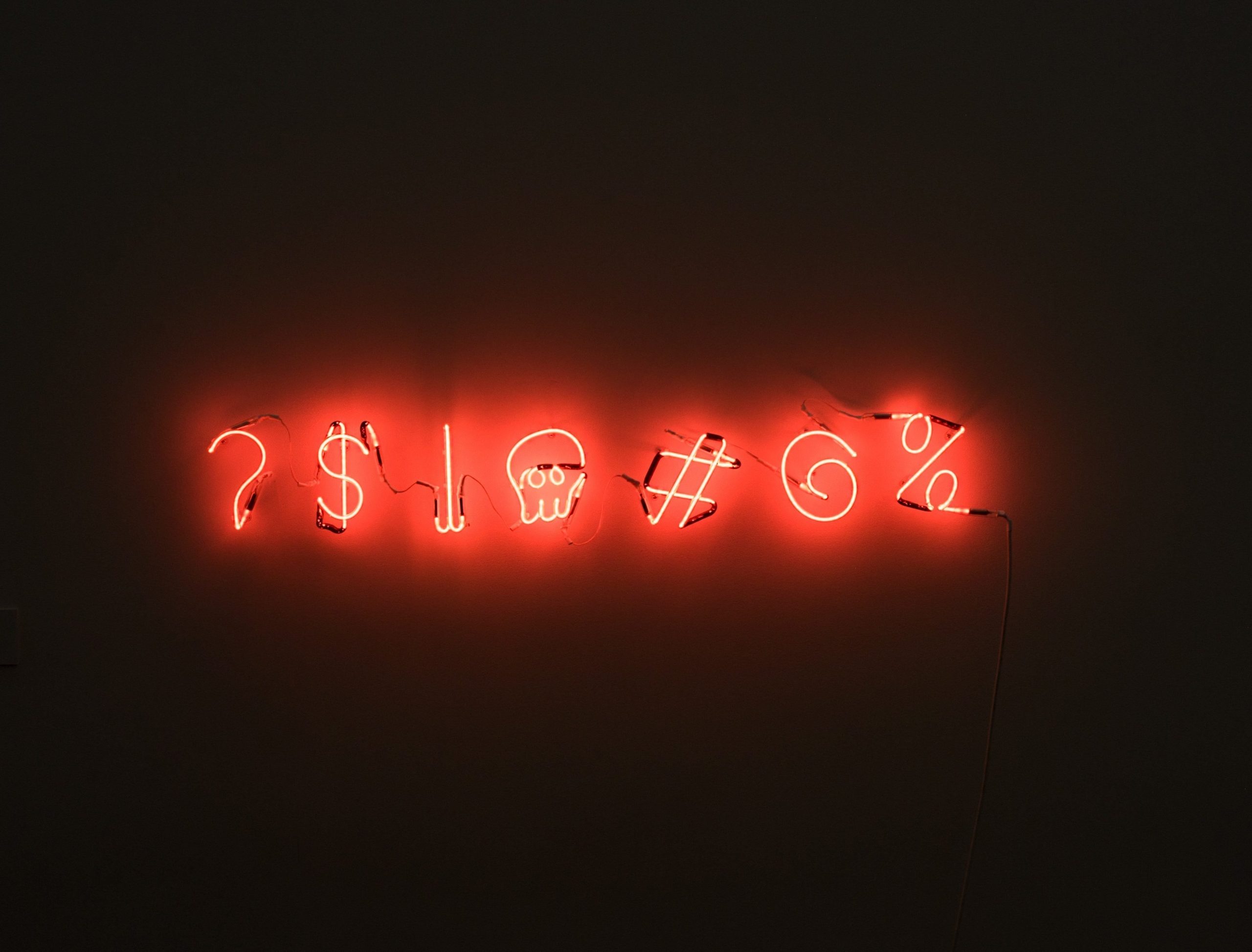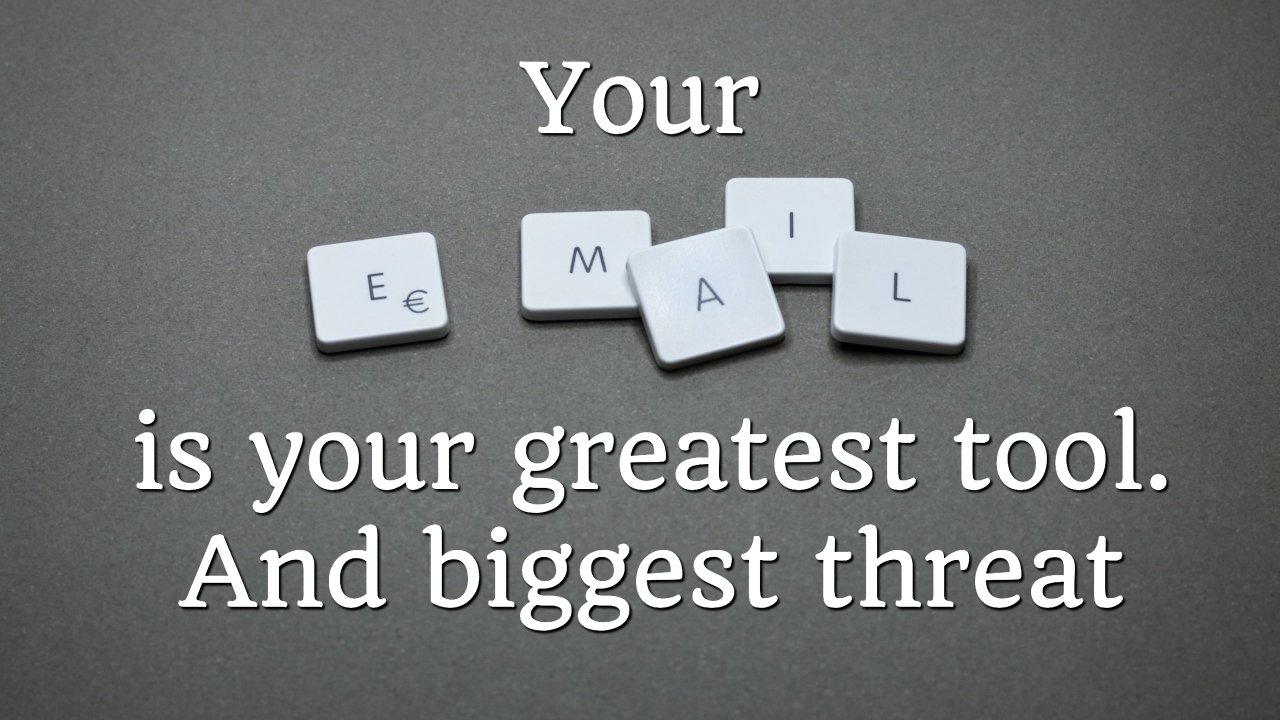Passwords are the only thing standing between hackers and all your personal or business files, documents, photos and deepest, darkest secrets.
Is isn’t difficult for accounts to be hacked and passwords to be changed or attained when your passwords are weak.
There is software floating about that super techy guys know how to work, which decodes passwords in seconds and gives access to anything from an Instagram account to a CEO’s personal email. It works a bit like cracking a safe – in theory it’s a good, ‘secure’ idea but it’s actually really easy to break into.
This means you have to up your password game to stay protected. A measly name or street road, password followed by a number won’t cut it anymore.
TIPS TO SECURE YOUR ACCOUNTS:
1. Make sure you don’t have the same password for all your accounts.
2. Select a standard of 8 characters, 1 capital letter and 1 special character.
3. No common words or things associated to you personally (date of birth, pets name, street name)
4. Download a password manager and two-factor authentication app such as Last Pass. This way if a hacker does gain access to your password they won’t be able to log in without a one-time generated code.
5. DON’T MAKE YOUR PASSWORD, ‘password’!




